Tanmay Thapliyal
Vulnerability and Transaction behavior based detection of Malicious Smart Contracts
Jun 25, 2021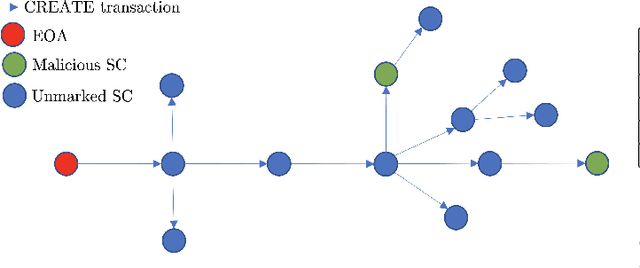
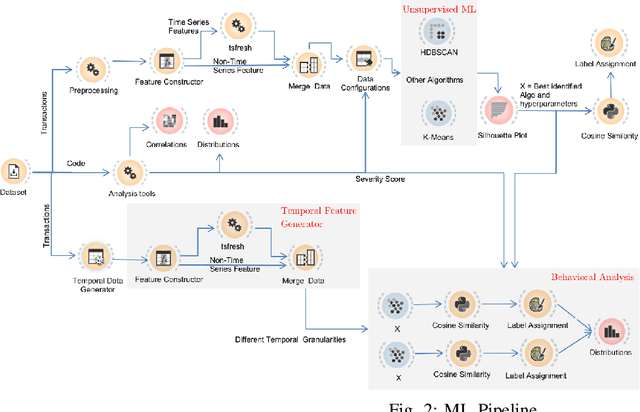
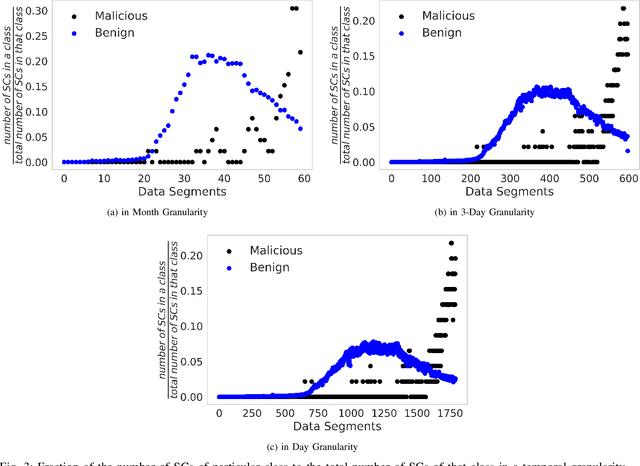
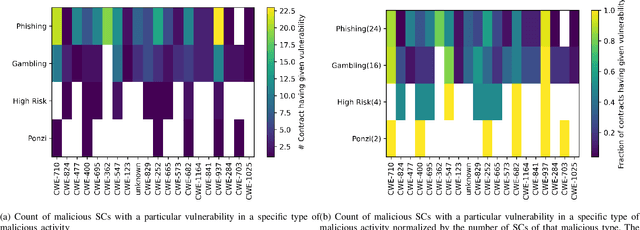
Abstract:Smart Contracts (SCs) in Ethereum can automate tasks and provide different functionalities to a user. Such automation is enabled by the `Turing-complete' nature of the programming language (Solidity) in which SCs are written. This also opens up different vulnerabilities and bugs in SCs that malicious actors exploit to carry out malicious or illegal activities on the cryptocurrency platform. In this work, we study the correlation between malicious activities and the vulnerabilities present in SCs and find that some malicious activities are correlated with certain types of vulnerabilities. We then develop and study the feasibility of a scoring mechanism that corresponds to the severity of the vulnerabilities present in SCs to determine if it is a relevant feature to identify suspicious SCs. We analyze the utility of severity score towards detection of suspicious SCs using unsupervised machine learning (ML) algorithms across different temporal granularities and identify behavioral changes. In our experiments with on-chain SCs, we were able to find a total of 1094 benign SCs across different granularities which behave similar to malicious SCs, with the inclusion of the smart contract vulnerability scores in the feature set.
Detecting Malicious Accounts showing Adversarial Behavior in Permissionless Blockchains
Jan 28, 2021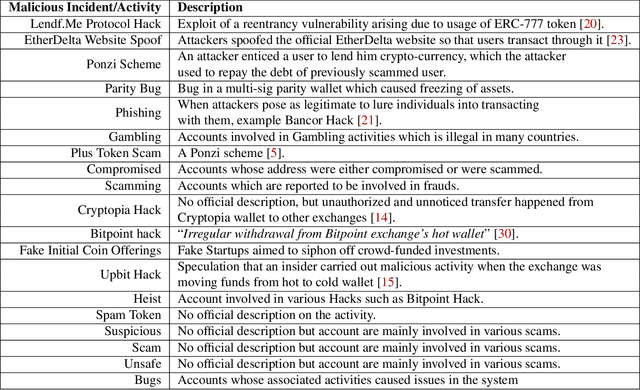

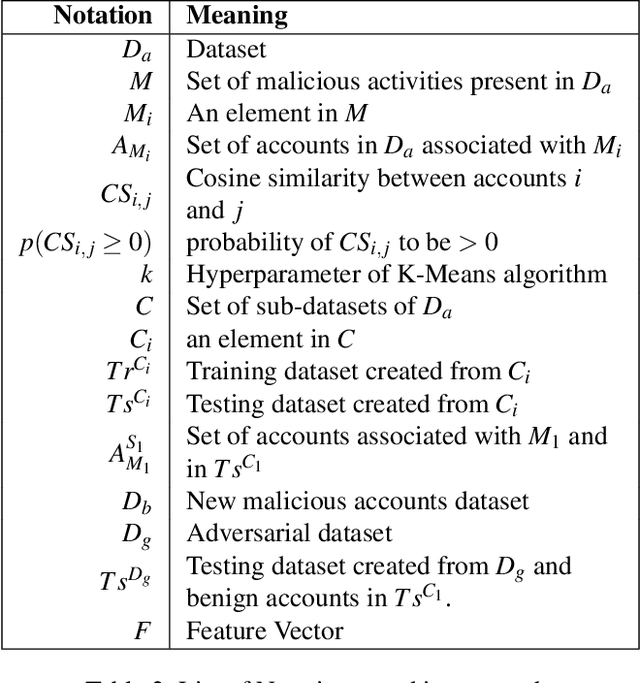
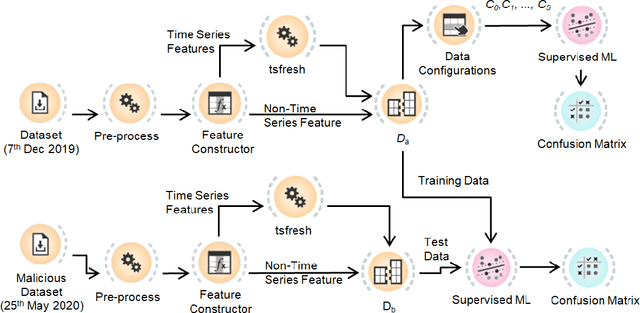
Abstract:Different types of malicious activities have been flagged in multiple permissionless blockchains such as bitcoin, Ethereum etc. While some malicious activities exploit vulnerabilities in the infrastructure of the blockchain, some target its users through social engineering techniques. To address these problems, we aim at automatically flagging blockchain accounts that originate such malicious exploitation of accounts of other participants. To that end, we identify a robust supervised machine learning (ML) algorithm that is resistant to any bias induced by an over representation of certain malicious activity in the available dataset, as well as is robust against adversarial attacks. We find that most of the malicious activities reported thus far, for example, in Ethereum blockchain ecosystem, behaves statistically similar. Further, the previously used ML algorithms for identifying malicious accounts show bias towards a particular malicious activity which is over-represented. In the sequel, we identify that Neural Networks (NN) holds up the best in the face of such bias inducing dataset at the same time being robust against certain adversarial attacks.
 Add to Chrome
Add to Chrome Add to Firefox
Add to Firefox Add to Edge
Add to Edge